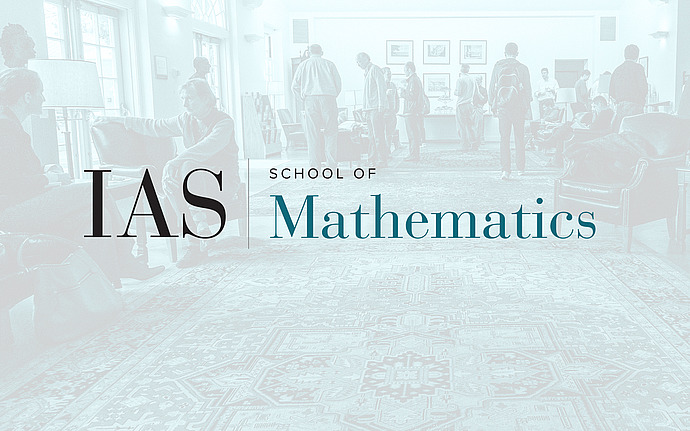
Joint IAS/Princeton University Number Theory Seminar
Deligne-Lusztig Theory for Unipotent Groups and the Local Langlands Correspondence
- A (very) special case of Deligne-Lusztig theory yields a construction of cuspidal irreducible representations of the finite group $GL_n(\mathbb F_q)$ in the cohomology of an algebraic variety equipped with an action of $GL_n(\mathbb F_q)$. There is also a well known relationship between cuspidal representations of $GL_n(\mathbb F_q)$ and depth 0 supercuspidal representations of $GL_n(F)$, where F is a local field with residue field $\mathbb F_q$.
- On the other hand, thanks to the work of Boyer, Carayol, Deligne, Harris, Hen-niart, Laumon, Rapoport, Stuhler, Taylor. . ., it is known that the local Langlands correspondence for $GL_n(F)$ is realized in the cohomology of the Lubin-Tate tower of rigid analytic spaces over $F$.
There is a direct geometric link between (1) and (2): the first level of the Lubin-Tate tower contains an open affinoid with good reduction, whose special fiber is isomorphic to a Deligne-Lusztig variety for $GL_n(\mathbb F_q)$.
I will explain a similar picture for certain supercuspidal representations of $GL_n(F)$ of positive depth. In particular, I will describe the construction of an open affinoid (with good reduction) in a higher level of the Lubin-Tate tower, which has the following properties. On the one hand, its cohomology gives an explicit geometric realization of the local Langlands correspondence for a certain class of positive depth supercuspidal representations of $GL_n(F)$. On the other hand, its special fiber is related to a certain unipotent group over $\mathbb F_q$ in a way that is similar to one of the known approaches to Deligne-Lusztig theory for reductive groups over $\mathbb F_q$.
The talk is based on joint work with Jared Weinstein (Boston University)